Shipping containers have become versatile assets, not just in the realm of transport but also as foundations of modular architecture, storage solutions, and innovative housing. The cost of a shipping container can fluctuate significantly based on several factors, such as size, condition, and any modifications. Typically, prices range from as low as a few thousand dollars for a used model to tens of thousands for a customized, ready-to-use variant. Understanding these costs is crucial for individuals and businesses looking to purchase a shipping container for any purpose.
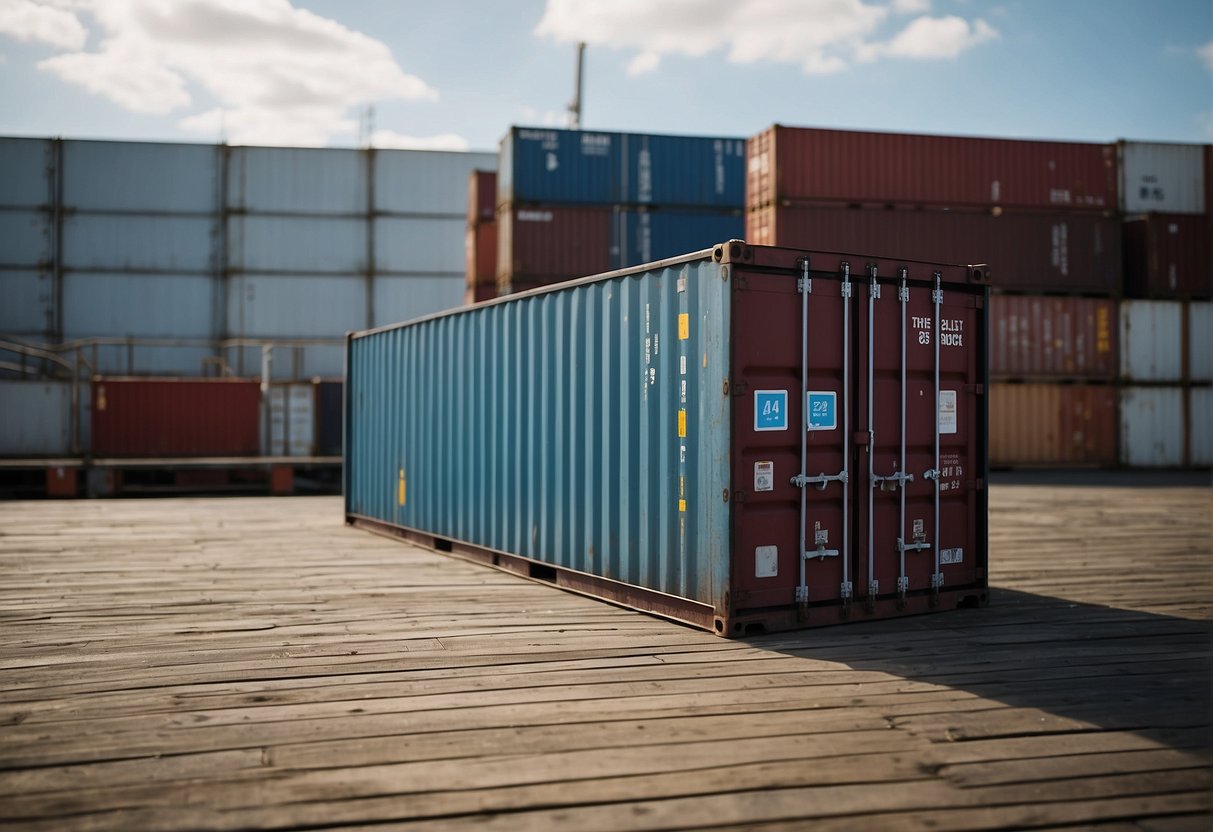
When considering the purchase of a shipping container, it’s essential to evaluate the type and dimensions needed for the task at hand. Common sizes include 20-foot and 40-foot lengths, with standard and high cube variations offering different height options. A used 20-foot shipping container might start at around $750, whereas a new or extensively modified shipping container can command a price tag up to $50,000, particularly when tailored for residential or commercial spaces.
Additional expenses may also come into play, such as delivery charges, leasing prices, permits, and potential refurbishment if adopting for alternative uses beyond shipping. Market availability, especially in areas with busy ports like Los Angeles, provides a diverse selection of options, keeping the marketplace competitive. Prospective buyers should also consider the long-term durability and maintenance needed, as these factors will contribute to the overall investment cost.
Overview of Shipping Container Pricing
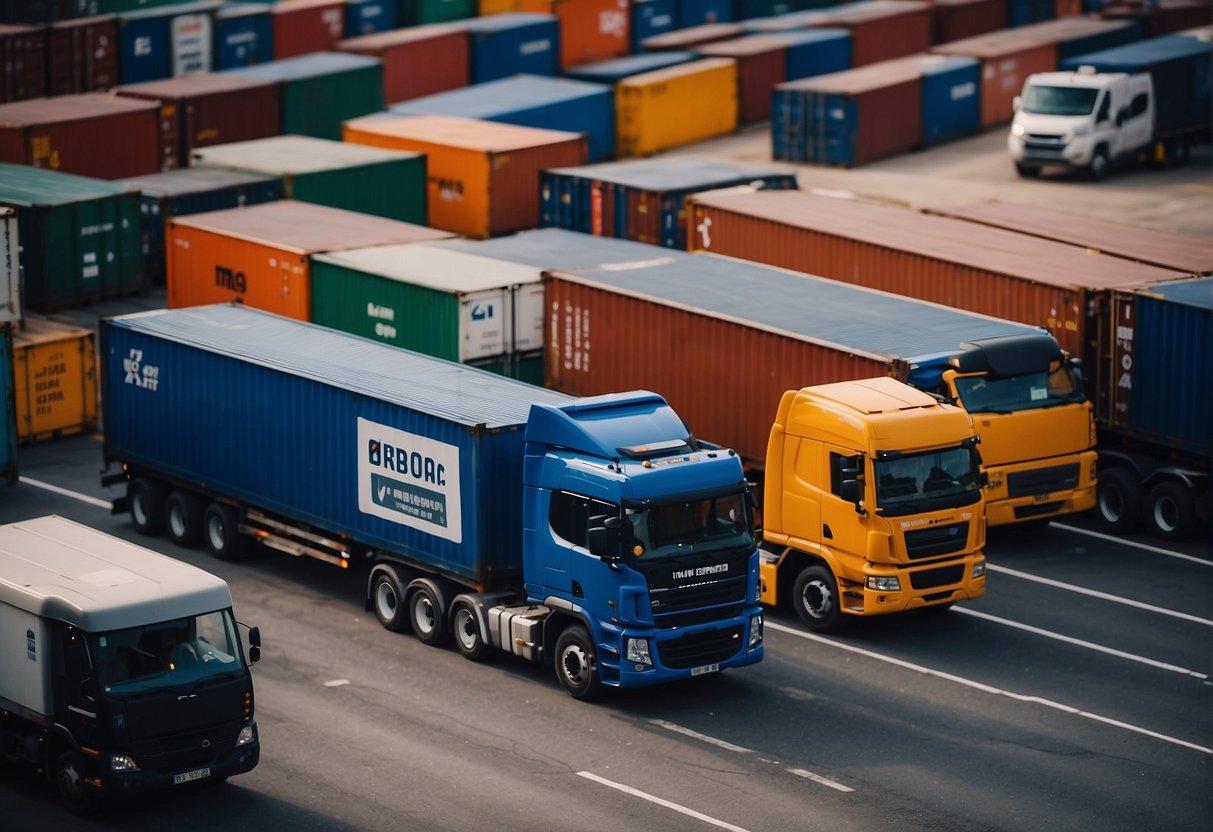
Pricing for shipping containers varies widely based on several factors, including size, condition, and market demand. A standard 20ft dry container may cost between $1,600 and $3,400, while prices for a 40ft container could range from $2,500 to $4,500. The larger 40ft high cube containers have a higher price bracket, starting from around $2,500 and going up to $6,000.
Market trends are significantly influencing these costs. Factors like supply and demand, influenced by global events such as COVID-19, have caused fluctuations in pricing. The pandemic notably disrupted supply chains, leading to both a shortage and an oversupply of containers at different times, causing prices to swing.
| Container Size | Price Range |
|---|---|
| 20ft Standard Dry | $1,600 – $3,400 |
| 40ft Standard Dry | $2,500 – $4,500 |
| 40ft High Cube | $2,500 – $6,000 |
The condition of a container also affects its price. While new containers come at a higher cost, used shipping containers can be a more budget-friendly option, with prices ranging from $2,100 to $7,500, depending on their condition and age.
Modified shipping containers, such as those repurposed for housing or office space, can reach prices up to $8,300 or more, especially when factoring in customization and alteration costs.
It’s important for businesses and freight forwarders to keep abreast of these pricing considerations to optimise logistics and forecast expenses accurately. They must factor in additional costs like leasing, shipping, and permits, which can further affect the total investment in shipping containers.
Factors Influencing Container Costs
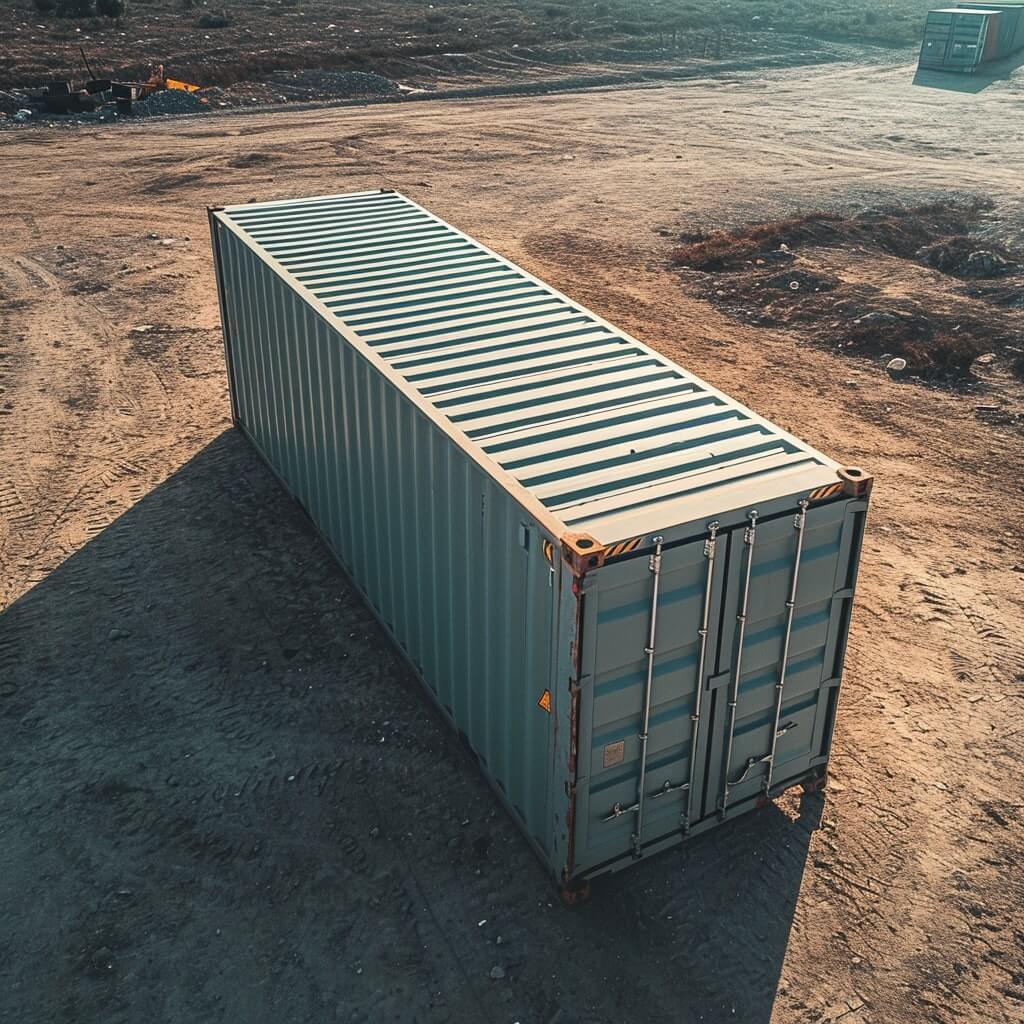
The cost of a shipping container can vary significantly based on a range of factors. Understanding these can help buyers make more informed decisions.
New vs. Used Containers
New containers, often known as “one trip” containers, typically command higher prices due to their pristine condition. Used containers offer cost savings but may come with varying degrees of wear and tear, including rust and dents that reflect their history of use.
Size and Type of Container
Container size plays a crucial role, with standard 20-foot containers being less expensive than larger sizes such as high-cube containers. Specialized types like refrigerated containers or those of an untraditional size or door type may also affect the price.
Current Market Conditions
The influence of supply and demand significantly impacts container pricing. Events like COVID-19 have disrupted availability, leading to fluctuations in market rates.
Age and Condition of Container
The age and condition of a container correlate with its lifespan. Containers categorized as “cargo-worthy” may have a higher valuation than those with more visible signs of aging and use.
Modifications and Customizations
Modifications and customizations, such as additional doors or temperature control, add to the base cost. The extent and complexity of customizations required can majorly influence the final price of a container.
Cost Variations by Location
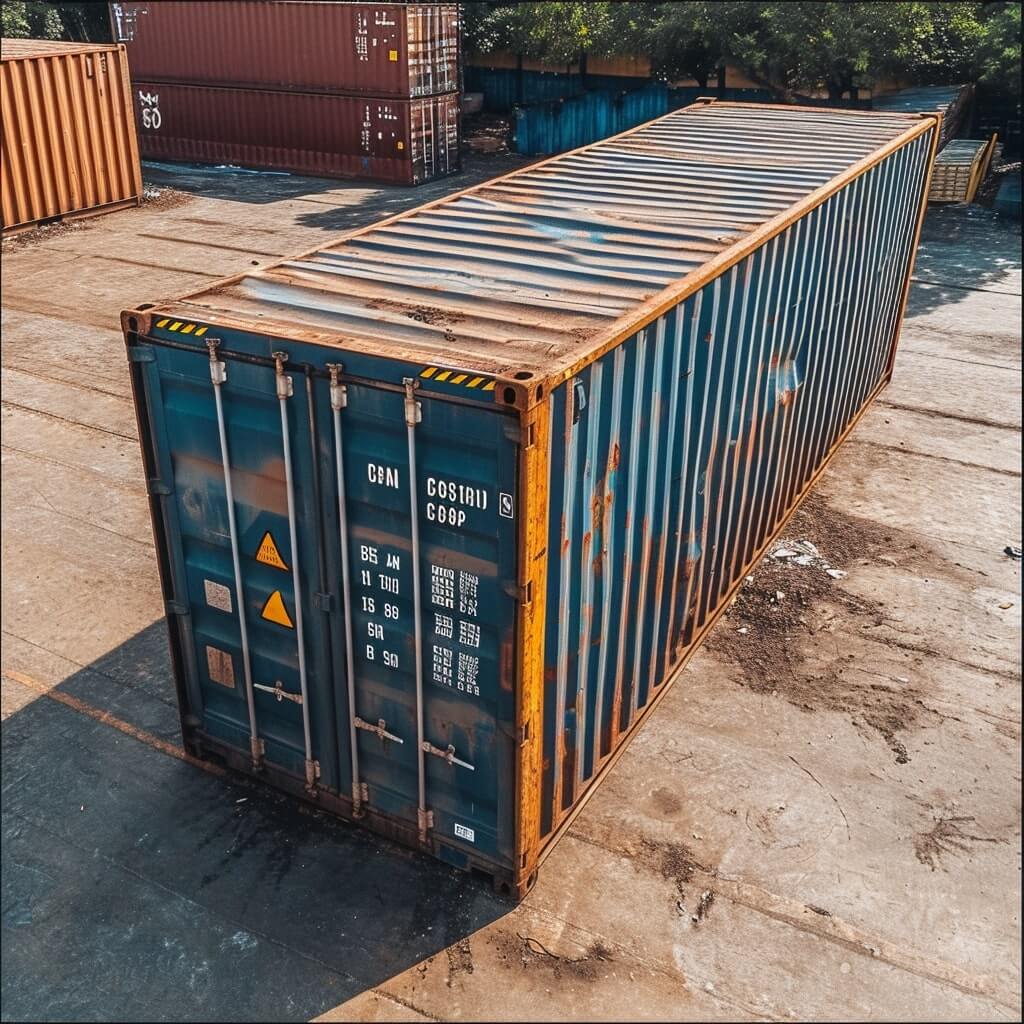
The cost of a shipping container can vary considerably depending on its origin and destination. Different factors such as distance, freight rates, and shipping routes play a pivotal role in these cost variations.
Domestic vs. International Rates
Domestic Freight Rates:
- In the United States, the cost for transporting a container overland might range from a few hundred to a few thousand dollars, depending on the distance and delivery specifics.
- Australia sees similar patterns, with domestic container shipping rates fluctuating based on distance and transportation method within the country.
International Freight Rates:
- International container shipping rates often exceed domestic costs due to the increased distances and complexities involved in the supply chain.
- A shipment from the United States to a distant international shipping destination like Australia can witness significant variability in pricing.
Impact of Shipping Routes
- Key Shipping Routes:
- The choice of shipping route can affect the cost, with some routes being pricier due to high demand, longer distances, or less frequent service.
- Example: A standard container route from Los Angeles to Sydney is more established and may offer more competitive pricing compared to less common or longer routes.
- Influence of Supply Chains:
- Disruptions in the supply chain, such as port congestion or shortages in container availability, can lead to price hikes.
- Efficient routes are critical for maintaining manageable freight rates and ensuring timely delivery.
Shipping Container Acquisition

When looking into acquiring a shipping container, one can either opt to purchase or lease based on their needs, budget, and the long-term utility of the container. Both buying and renting have distinct advantages and considerations.
Buying Options
Purchase options for shipping containers abound, catering to a variety of uses, from storage to converting into a shipping container home. Availability is generally widespread, with options to buy new or used containers from manufacturers, retailers, or specialized dealers. When considering where to buy shipping containers, one should investigate manufacturers for new options or seek used containers for cost savings. New containers ensure top condition but come at a higher price, while used containers can be significantly more affordable but vary in quality.
- New Containers: Expect to pay between $2,000 to $5,000.
- Used Containers: Prices range from $1,000 to $4,500, depending on size and condition.
Leasing and Renting Containers
For those not ready to commit to a purchase, lease and rent options offer flexibility. Rental rates fluctuate based on the length of the rental term, container size, and the provider. Leasing can be a wise choice for short-term needs or if one prefers not to invest capital in a depreciating asset.
- Short-Term Rent: Useful for events or temporary storage.
- Long-Term Lease: Suits ongoing business needs without upfront investment.
Both rent or buy, the choice hinges on the specific requirements and circumstances of the user, and one should carefully evaluate the pros and cons of each option to make an informed decision.
Transport and Delivery Costs

Transporting a shipping container involves several factors that directly influence the overall cost. Delivery fees are determined by the distance from the container’s origin to the destination, the mode of transport, and the container’s size. Here are key points:
- Modes of Transport: Containers can be delivered via road, rail, or sea. Truck delivery is commonly used for its door-to-door convenience, whereas rail and sea may require additional transfer points, affecting cost.
- Container Size: Standard containers are usually 20 feet (TEU) or 40 feet (FEU) in length. Larger containers typically equate to higher transport costs due to their size and weight demand.
| Container Size | Average Delivery Cost Estimate |
|---|---|
| 20 FT (TEU) | Variable depending on distance and mode of transport |
| 40 FT (FEU) | Higher than 20 FT due to increased size and weight |
One should expect variations in transport costs depending on the provider and current fuel prices. Companies like PODS and U-Pack offer container transport services where fees are influenced by variables such as rental duration or storage needs.
Exact quotes can be obtained through companies’ proprietary cost calculators or by directly inquiring for a personalized estimate. For example, Container One includes delivery costs in their quotes, which take into account the zip code and delivery methodology to provide the best possible price. Delivery time frames vary but can range from 1-4 weeks.
Understanding these cost components ensures that individuals and businesses can budget accordingly for the transport and delivery of shipping containers.
Additional Expenditures
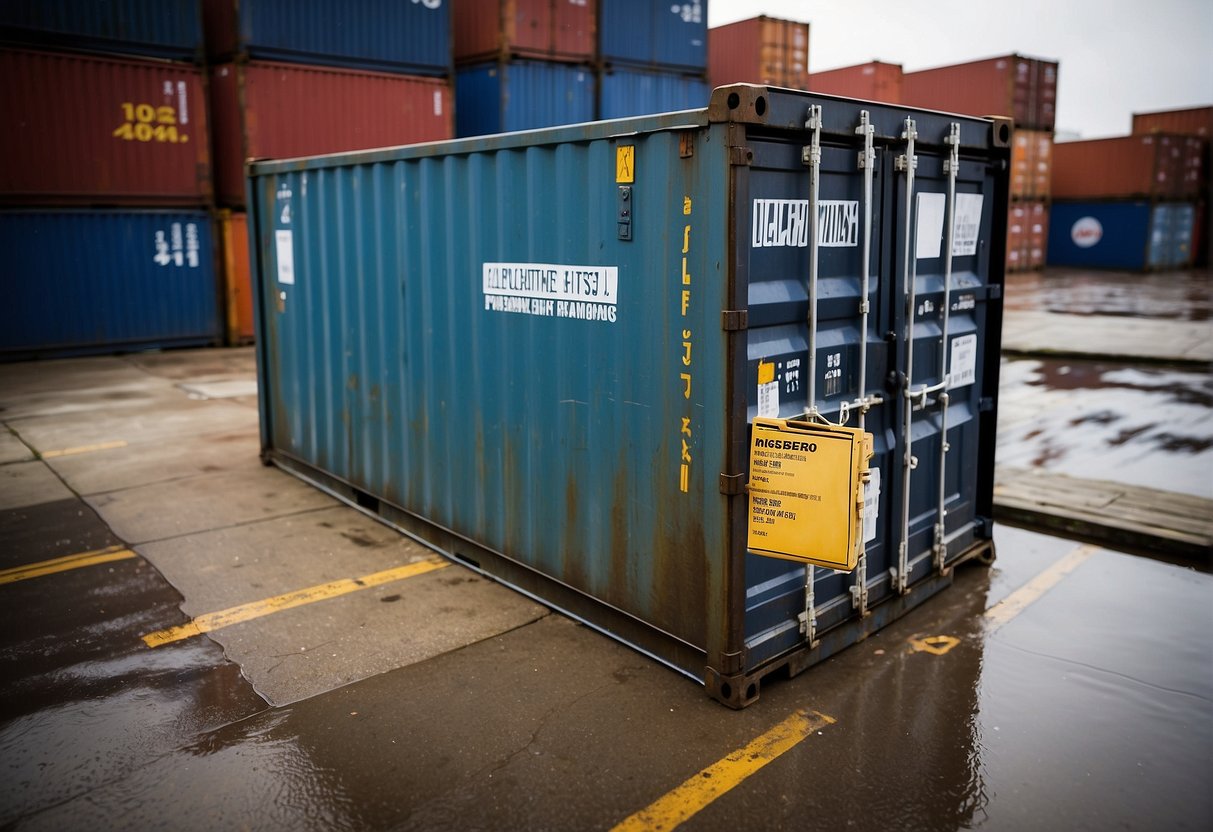
In addition to the upfront cost of obtaining a shipping container, there are ongoing costs and long-term expenses to consider. These expenditures can impact the total cost of ownership and are crucial for maintaining the operational efficiency of the supply chain.
Insurance and Permits
Insurance: Ensuring that a shipping container is adequately insured is vital for mitigating financial risks associated with damages, loss, or liabilities that can occur during transit. Insurance costs may vary based on the container’s value, the shipping destination, and the level of coverage required.
- Basic Coverage: may only protect against major perils.
- Comprehensive Coverage: offers broader protection, including theft, vandalism, and specific types of wear and tear.
Permits: Shipping containers often require permits, especially if they are being used for storage or construction purposes at their final destination. Permit costs vary by location and intended use.
- Zoning Permits: ensure that the container’s placement complies with local regulations.
- Building Permits: may be necessary if the container is modified or used in construction.
Maintenance and Repairs
Maintenance: Regular maintenance is necessary to extend the lifespan of a shipping container and prevent long-term expenses due to wear and tear. This includes checking for rust, ensuring door hinges and locks function correctly, and treating any leaks promptly.
- New Containers: may require less maintenance initially.
- Refurbished Containers: could need more care to maintain structural integrity and aesthetics.
Repairs: Containers can suffer damage from handling and exposure to harsh marine environments. Repair costs can fluctuate based on the extent of damage and whether the container is being restored for cargo transport or other uses, such as modular housing.
- Minor Repairs: might include patching small leaks or repainting areas.
- Major Repairs: could involve substantial work on the container’s frame or replacing panels.
By understanding the additional expenditures for insurance, permits, and maintenance, one can approach the acquisition and utilization of a shipping container with a more comprehensive financial perspective.
